Ghost Towns, Steamships, and Cattle Runs
Puerto Triunfo to Murillo: we cycle Colombia’s old trade routes and up an active volcano, and witness how shifting infrastructure reshapes life along the way.
First, we want to thank you for reading and supporting our work. We also really appreciate those of you who have messaged us with feedback and suggestions – they’re really important and help shape OffMap Media as we continue experimenting with different formats and content (such as our election coverage from Quito last week).
So, what’s new? You can now find OffMap Media even faster by going to www.offmap.media and we’ve started to publish in Spanish! We’ve also decided to separate The Bicycle Diaries (TBD) – our first-hand impressions of the trip – from the Field Dispatch – our monthly article. Please, let us know what you think!
Ghost Towns, Steamships, and Cattle Runs
The journey from Puerto Triunfo traces the Magdalena River to the historic port town of Honda, along flat, mostly unpaved roads. Here, we bid farewell to the iconic river, veering toward the Central Cordillera mountain range … and our biggest challenge so far.
The cycling along the Magdalena is flat, with kilometers zooming by, and it offers stunning photo opportunities of one of Colombia’s most important rivers and its tranquil surroundings. What you don’t see in those photos is the unbearable heat and humidity, which sends the sweat evaporating off your body.
Virgin jungle had covered these lands on the banks of the Magdalena River until deep in the 19th century. The heat and mosquitoes made it an inhospitable land as the threat of malaria protected the Magdalena Valley from ‘colonization’.
The first blow to the jungle came with the introduction of steamships in 1824. These ships ran along the river, connecting the Caribbean ports of Cartagena and Barranquilla to cities inland. These ships needed massive amounts of wood sourced on the river banks, and today, little of the jungle remains—instead, we cycle past miles and miles of pasture.
This wasn’t the first time transport systems reshaped the region—and it wouldn’t be the last. From rowing boats to steamships, and railways to highways, Colombia’s evolving infrastructure has profoundly impacted life along the Magdalena and beyond.
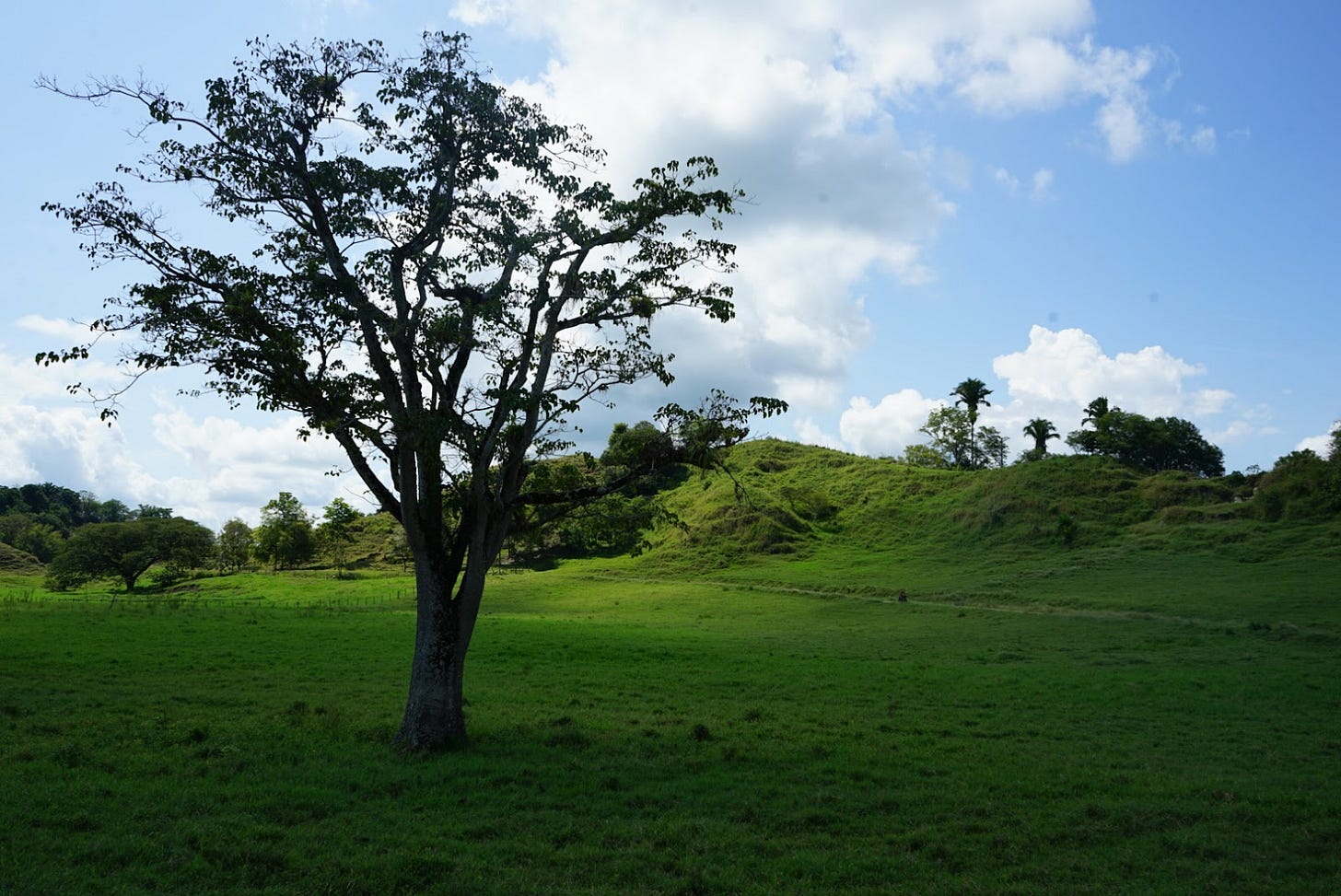
The mosquitos who had so valiantly held off development along the Magdalena are still there. As long as you keep moving, you can avoid them. But stop even for a moment and they swarm around us, easily biting through the fabric of our clothes.
As leñateros, firewood suppliers built communities centered around clearing forests to feed the steamships. Next, ranchers arrived, deforesting the land further and dealing a fatal blow to the river-side jungle. Today, little trace of it remains – instead cows are our constant companions as we cycle along.
Without meaning to, we join more than one cattle run between Puerto Triunfo and La Dorada. Our bikes startle bulls who’ve escaped their grazing areas and taken over the road. When they see us, they take off, and some sprint directly into barbed-wire fencing rather than let us catch up.
We have a late breakfast in San Miguel, a sleepy village on the Rio de la Miel, the “Honey River”, which feeds into the Magdalena. A strange mechanical ferry – a metal boardwalk that slides across a metal cable from one bank to another – is the only way to cross it. Like many other towns in this valley tucked far away from highway or railroad, the river remains a crucial transport corridor for San Miguel.
After crossing Rio de la Miel, we ride rocky flat roads through more pasture. We pick up the railroad tracks once more, before reaching another hamlet, its existence seemingly justified by the cargo train that once hauled vital cargo between major cities. Today the train passes through here only once a week and no longer stops in the dying town.
At the town’s lone shop, we sip sodas while the shopkeeper tells us he hopes the government will revive the railway, which he believes would bring life back to the community.
The road gets better and we ride to the unremarkable port city of La Dorada. It’s hot and overrun with cars, which fill its narrow streets with a constant honking. We get groceries and hole up in our air-conditioned hotel room, making dinner at the cramped desk rather than venturing out.
The next day, we adjust our originally planned route. Anastasia’s wrist is hurting, so instead of following the unpaved road – quiet but bumpy and hard on the body — we opt for the smooth highway. It is the same one that displaced the railway to the dismay of the shopkeeper we met a day earlier. In less than two hours, we reach Honda, one of the best-preserved port towns along the Magdalena.
Honda, founded in 1539, was the final port town along the Magdalena directly reachable by water. Further upstream, the stretch of the river narrows and steepens, fracturing into a stairway of waterfalls and making it impossible to navigate for some kilometers.
Rowboats and, later, steamships with goods from the rest of the country and abroad docked in Honda, sustaining the capital of Bogotá, which was still a multi-day donkey ride away. The trade made Honda rich. The town had theaters, churches, and merchants’ mansions.
A cobblestone street leads from the main square to a stately open-air market, built in 1917, where alongside fresh produce, vendors still sell trinkets, dried herbs, and incense.
Honda lost its significance in the 20th century, as trains and highways replaced steamships. Today, it is a weekend refuge for rolos1 looking to get away from the clamor and smog of Bogotá. Many of the centuries-old houses have been turned into boutique hotels, and upscale bars and restaurants, but the market remains the same.
Just beyond the market is one of Honda’s 40 bridges, which crisscross the Magdalena and its tributaries. On the other side, old-world luxury gives way to rows of hastily built modern structures—cheap hotels boasting air conditioning and pools—whose dated 1980s architecture clashes with the vine-covered stone walls of the historic center.
Over pizza in the old center, Anastasia asks the waiter for tap water. He hesitates, seems confused, then brings it. Five minutes later, the restaurant’s owner appears to explain that we shouldn't drink it. “Locals do, but foreigners shouldn’t,” she says in English with a sticky-sweet customer service smile.
Though it once teemed with European merchants, Honda does not get many foreigners today. It is not on the gringo trail and the owner’s assumption that we’re clueless tourists who don’t speak Spanish triggers Anastasia. “We have lived here for five years,” she replies in Spanish while bravely gulping the water down and holding eye contact with the woman. Anastasia spends the night in the bathroom – worshipping the porcelain gods.
"Leaving Honda's colonial grace behind, we point our wheels toward Mariquita. Another transport artery awaits us here - not a river or railway, but a ribbon of asphalt that claims the title of the world's longest paved climb. The cycling magazine, Rouleur, has commissioned us to tell its story - 89 kilometers that spiral up an active volcano, gaining over 4,000 meters in elevation. Douwe will take on the attempt, Anastasia will take photos and in Mariquita we are to meet our support team – Andrés and Javier.
The climb, which we used to explore the history of the people who’ve built their lives on the side of an active volcano, was incredible. We’ll share that story with you as soon as it's out!
The journey once again showed how life in Colombia remains at the mercy of its infrastructure. The final section of the road to the high point at Alto del Sifón was paved in December 2023, connecting the last town on the climb to major cities on the other side of the mountain. Cars and motorcycles, packed with tourists, were not far behind – flooding Murillo in recent years.
Unlike the ghost towns we passed along the Magdalena, where highways diverted life elsewhere, Murillo finds itself suddenly center stage. The same asphalt that draws tourists by the carload mirrors the steamships' transformation of the river valley two centuries ago - reshaping life along its path, for better or worse. As we prepare to leave the Magdalena's watershed behind, these parallel stories of roads and rivers, boom and bust, continue to unfold. More on that in our next Dispatch, out next Sunday.
People from Bogotá, Colombia’s capital.




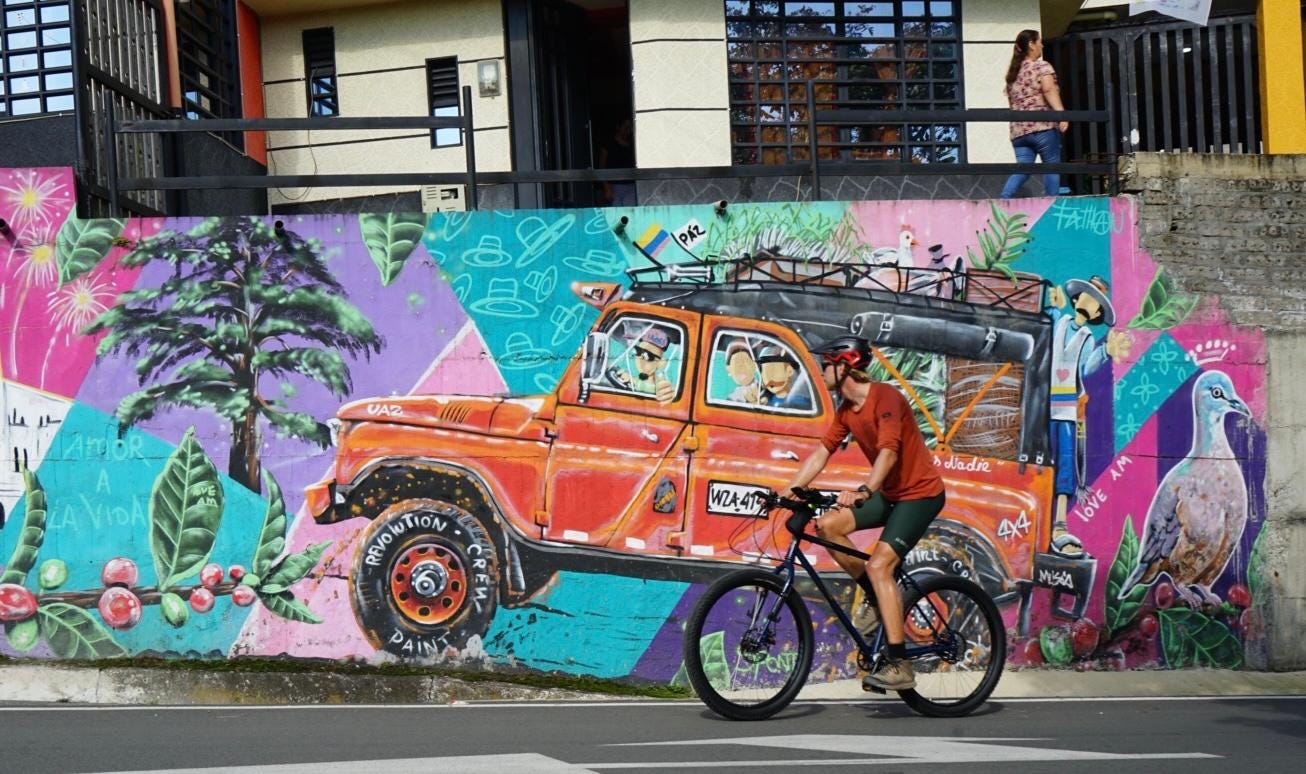
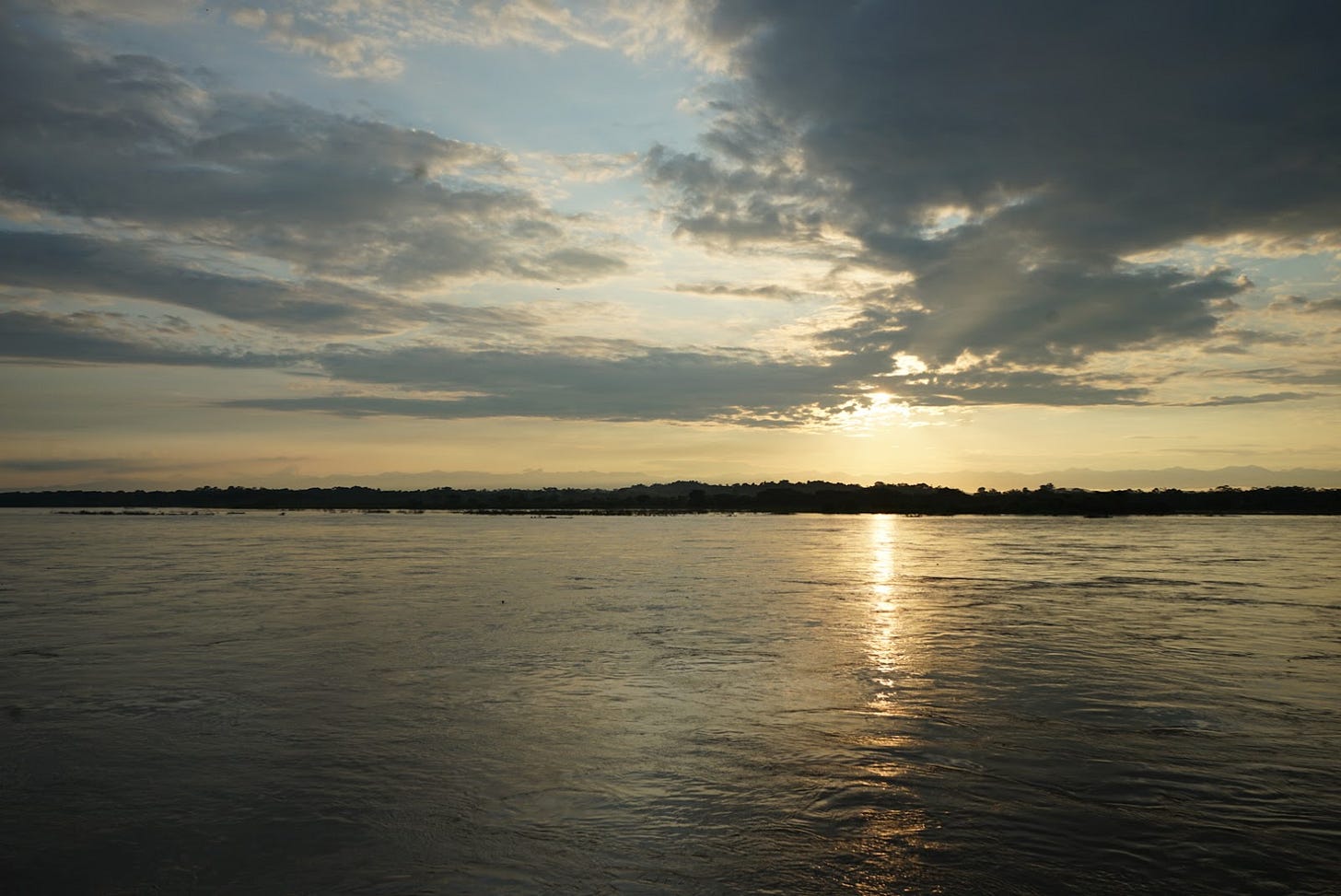
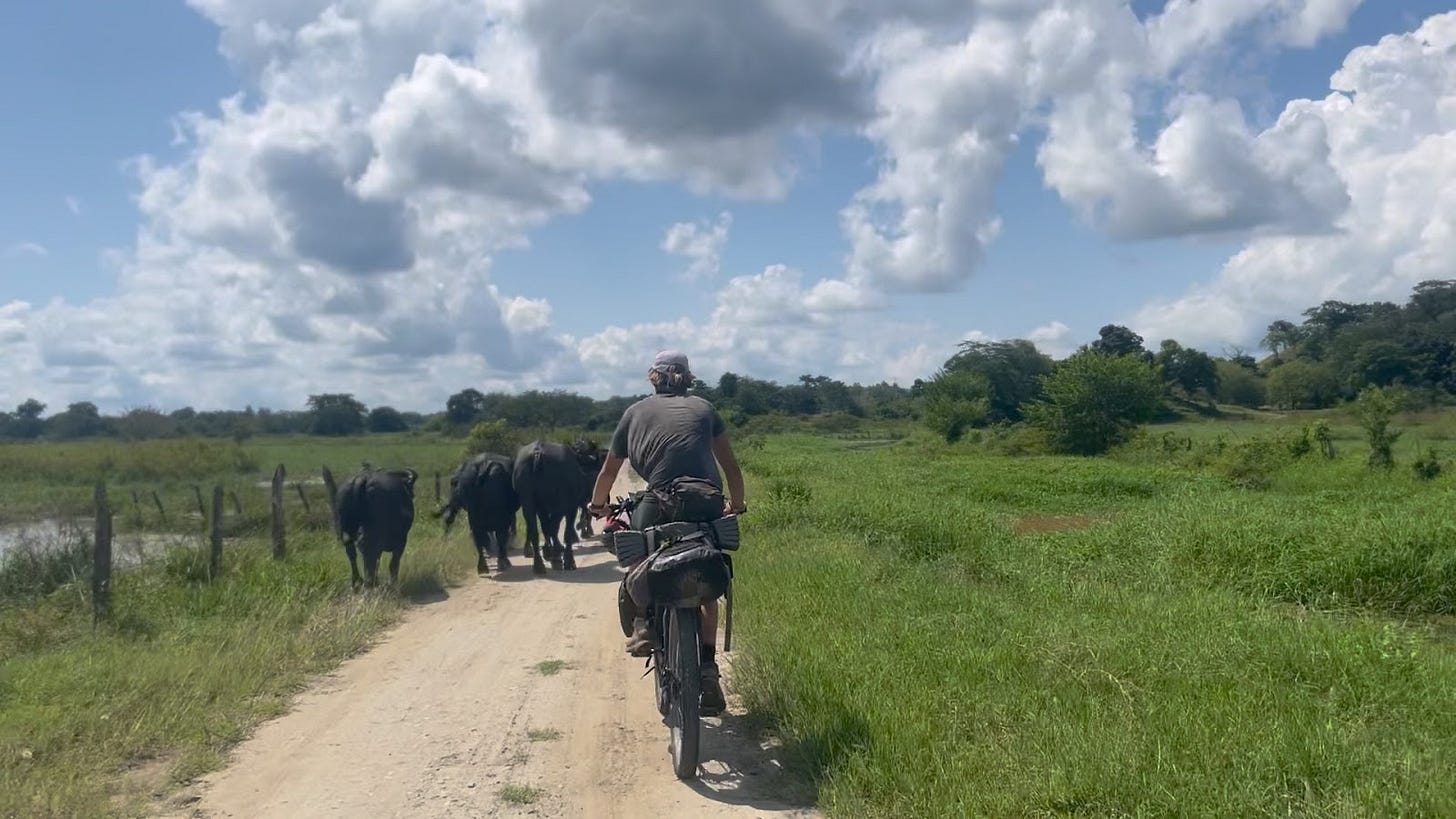

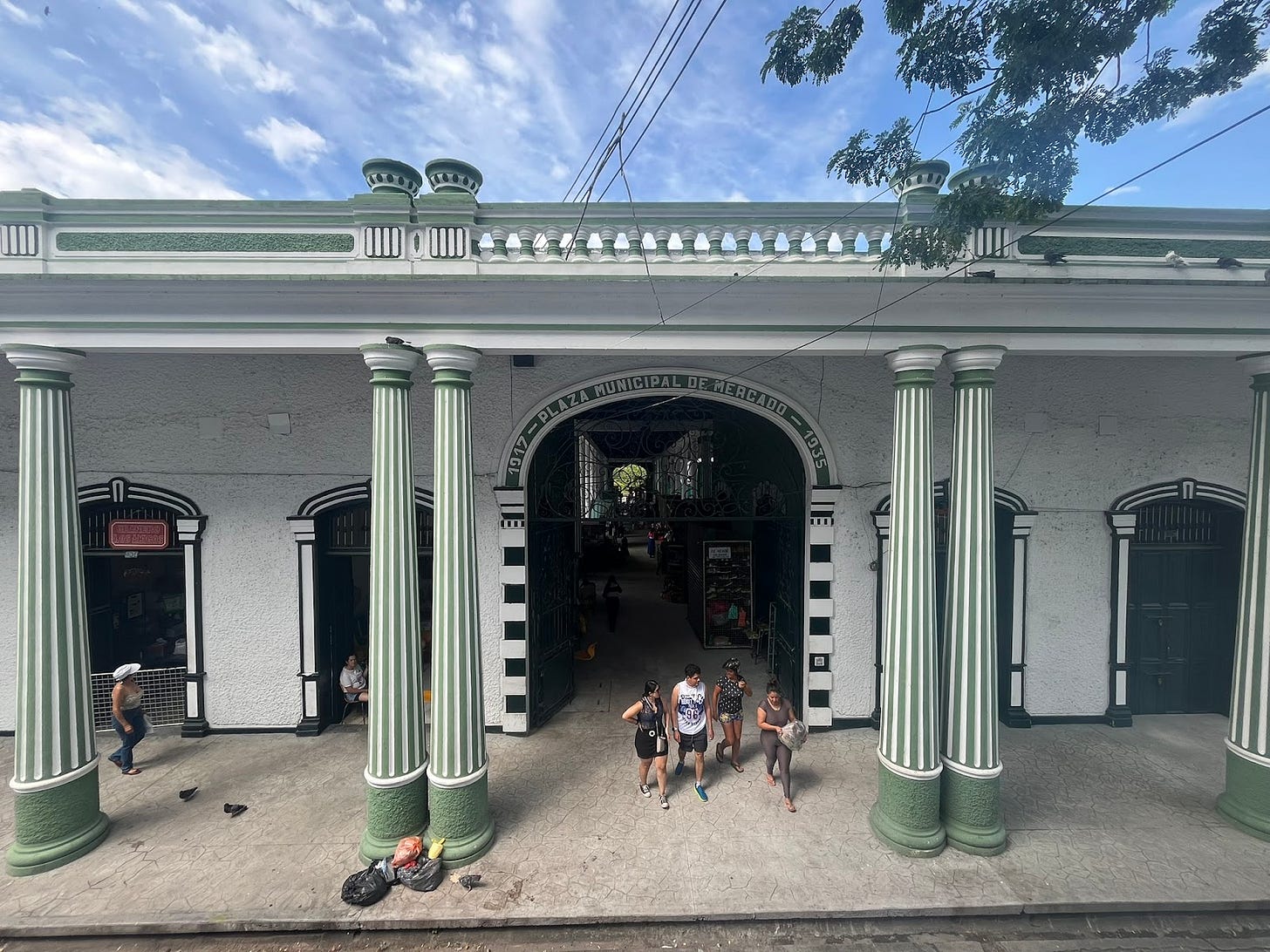
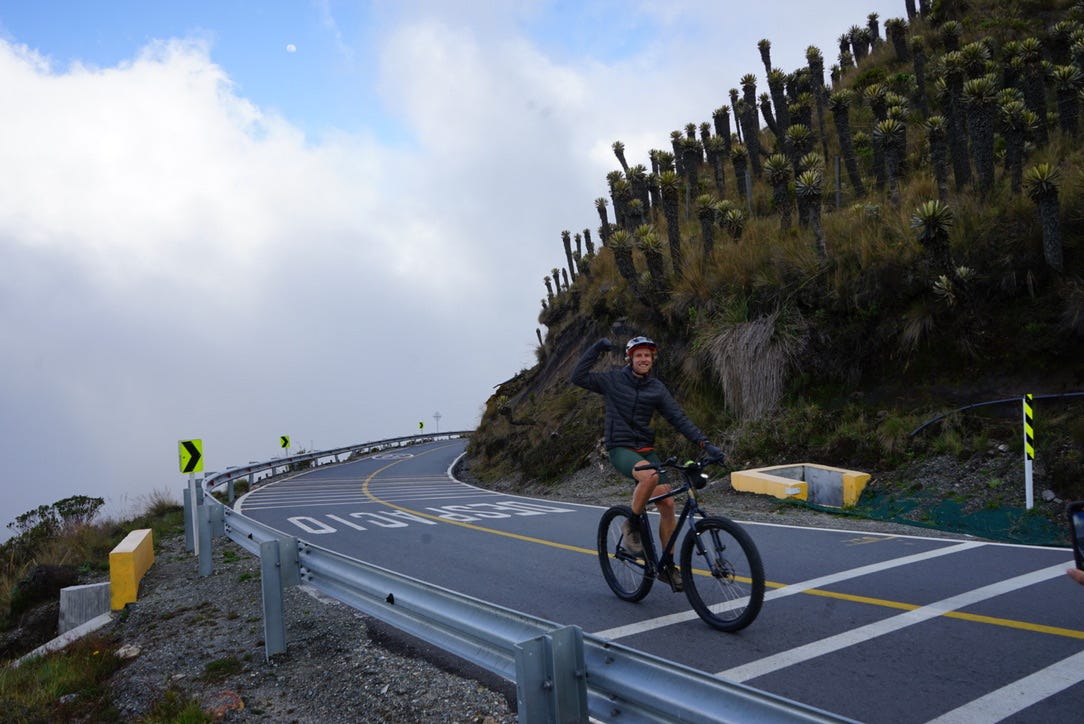
An awesome account. Your comment about Colombia being dependent on infrastructure sounds like Jamaica (on a much smaller scale). Sleepy backwaters that were once busy are created by highways.